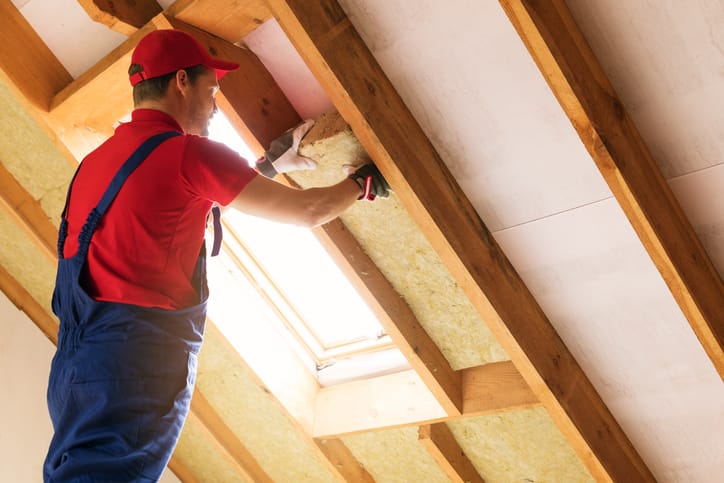Choosing the right insulation material for your home can be a difficult choice to make, especially to homeowners who have never had to worry about insulation before. When it comes to insulation, a homeowner’s choice usually comes down to a few alternatives. But how will you know which one to choose between Blow in, Batt and Spray Foam insulation? Learning about all options can be a great way for homeowners to enjoy a higher quality of indoor insulation, that will result in long-term benefits.
The first thing you need to know as a homeowner is that there are only three options of home insulation materials. Okay, you probably have more than three, but the best choice that you will be able to find for your home comes down to three alternatives, these are the ones that you are mostly limited to.
- Batt insulation
- Blown insulation
- Sprayed insulation
Before you set up and install insulation, ensure that you get all the leakage sites sealed up. If you put an air-permeable insulation material over a hole in your ceiling, then you are likely to experience, indoor air quality, durability, comfort and efficiency problems,
Batt Insulation
They are large pieces of insulation that hold together because they are made of long interweaving adhesive binders and fibres. There are two kinds of batt insulation that you are likely to get in the market; cotton, and fibreglass. When it comes to their insulating quality, they are pretty efficient. Cotton batts though are cooler, since they are made out of recycled denim.
The main problems with batts it that they don’t work effectively since they will not fill in space well. For the best performance, an insulation material needs to be able to fill the whole space, with no voids, gaps, compression or incompletely filled areas, and batts are about the worst that you can use here. Yet another reason why batts don’t do well is that the attic is full of other stuff where we would love our insulation to go: electrical junction boxes, framing wires, bathroom exhaust fans. Batts will not perform well if they need to compete with all this stuff.
Blown
A better form of insulation comes in small chunks. Your attic insulation professional like a firefighter will hold a large hose and blow chunks of this stuff into your attic. With the use of equipment outside, it churns and uses air to blow the insulation material through the hose. The two main choices for this method are cellulose and fibreglass, and each of them has its pros and cons.
Both of these insulate about the same though with R-values in the 3 to 4 per inch range. Cellulose comes from recycled newsprint and fibreglass from rapidly renewable resource and that works much better than in the blown form than in batts.
Spray Foam
This is the third major form of insulation material that is readily available. And just like the other two types of insulation material, there are two types of spray foam, closed cell, and open cell spray foam insulation. Each of these has its advantages and disadvantages.
However, the main advantage of spray foam insulation is that it allows you to move your building envelope. This is the boundary between the conditioned and the unconditioned space from the attic floor to the roofline. In case you have got your HVAC system and ducts in the attic, then moving the envelope to your roofline could be a beneficial thing. In a new home, spraying the foam in the roofline can help bring the ducts inside the envelope without having to do a complete redesign of the system in your house.
There are a lot of materials that can be used to insulate your home attic. Before you pick one, consult a professional attic insulation Toronto. They will inspect your home and determine the best appropriate material for your setup.

